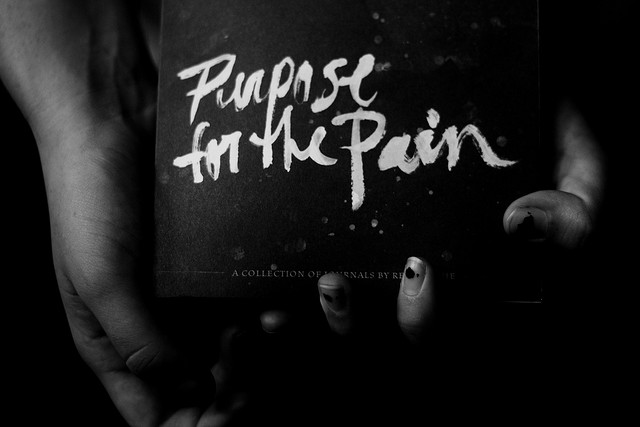
Suicidal behavior has been found to cluster in and around certain areas and groups. For example, the nine western states that make up the “suicide belt” in the United States, including Arizona, Oregon, and Wyoming, consistently report higher suicide rates than the rest of the country. Research also finds that suicidal behavior can “spread” between individuals; when someone experiences a friend or loved one’s suicide, he is much more likely to attempt his own suicide. If suicide is contagious, how and why does it spread?
In their analysis of suicide contagion among young adults, Anna Mueller and Seth Abrutyn use network data from a national survey of adolescents to analyze how the disclosed and undisclosed suicide attempts of one adolescent affects the suicide attempts and ideation of that adolescent’s friends one year later. They find that when an adolescent knows about their friend’s suicide attempts, they are more likely to think about and attempt suicide themselves. However, they find that undisclosed suicide attempts and ideations do not result in suicidal attempts or ideation among their friends.
Mueller and Abrutyn conclude that when an individual shares their suicide attempts with their friends, it “transforms the distant idea of suicide—as something that other people do—into something that people like them use to cope with distress, sorrow, or alienation.” They argue that suicide spreads when it becomes a “cultural script” for coping with emotional distress; the more someone is exposed to suicidal behavior among their peers, the more likely the generalized idea of suicide will become an acceptable option for how that individual deals with her own distress. When suicide becomes prevalent enough in a peer group or culture to qualify as an option, it is much more likely to spread.


